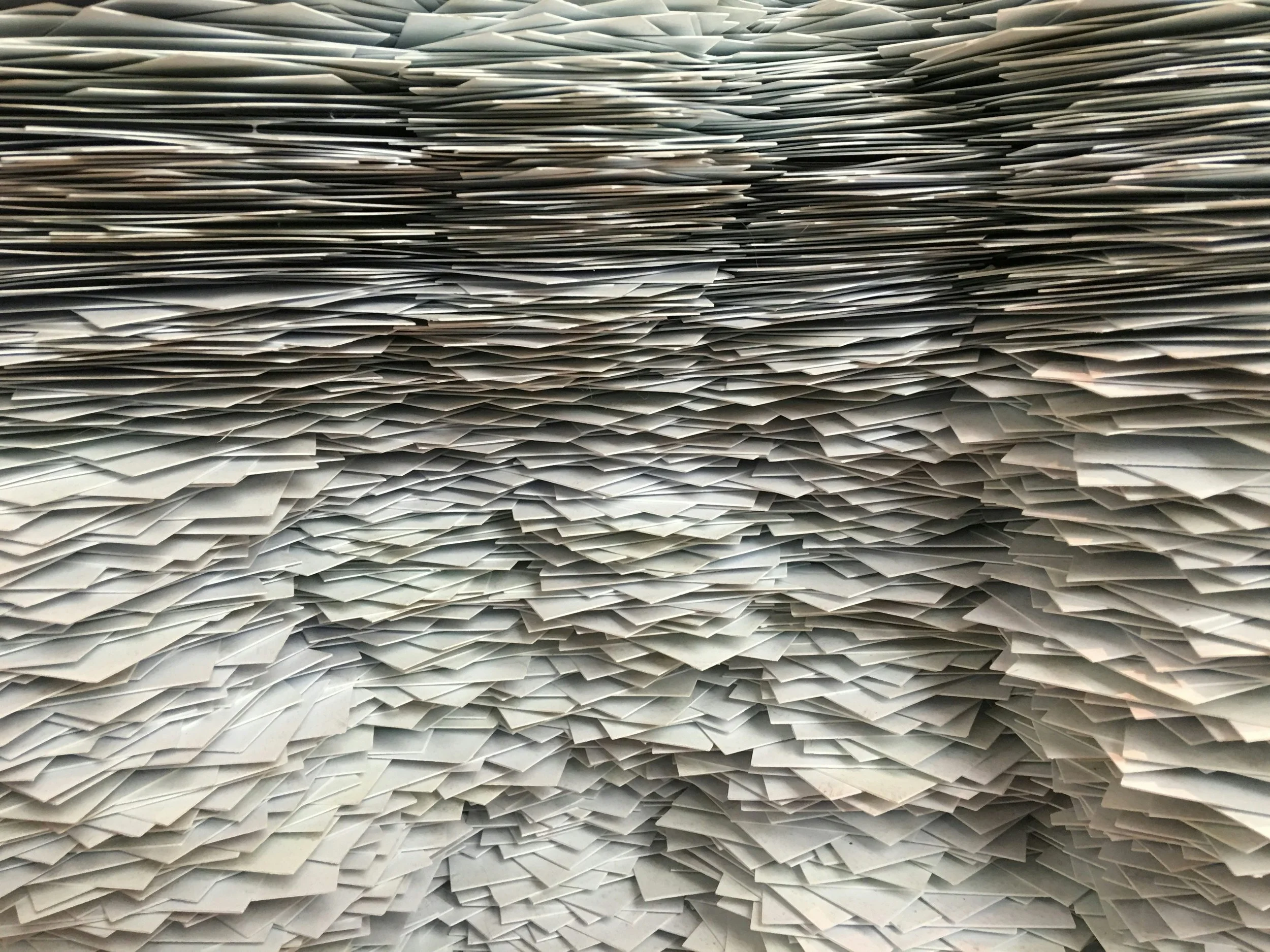Pulp & Paper
The pulp and paper industry ranks among the top consumers of water in the U.S. industrial sector, utilizing an average of 54 cubic meters of water per metric ton of finished product. Throughout various manufacturing stages, water plays a pivotal role, resulting in significant wastewater and sludge waste generation. Addressing these challenges requires advanced treatment technologies and innovative approaches aimed at water reuse and resource recovery.
Key wastewater contaminants in pulp and paper waste streams include effluent solids, sediments, absorbable organic halides, chlorinated organic compounds, and chemical oxygen demand/biological oxygen demand contaminants. Approximately 85% of water usage in this industry is attributed to process water, leading to substantial volumes of contaminated water that necessitate onsite wastewater treatment solutions.
Treatment options encompass primary clarification to remove solids and particulate matter, along with secondary biological treatment processes to address biodegradable organic matter and reduce effluent toxicity. Moreover, tertiary treatment technologies such as membrane filtration, UV disinfection, ion exchange, and granular activated carbon can be deployed to further enhance effluent water quality. By adopting these strategies, pulp and paper manufacturers can effectively manage wastewater and solid waste while promoting environmental sustainability and regulatory compliance.


